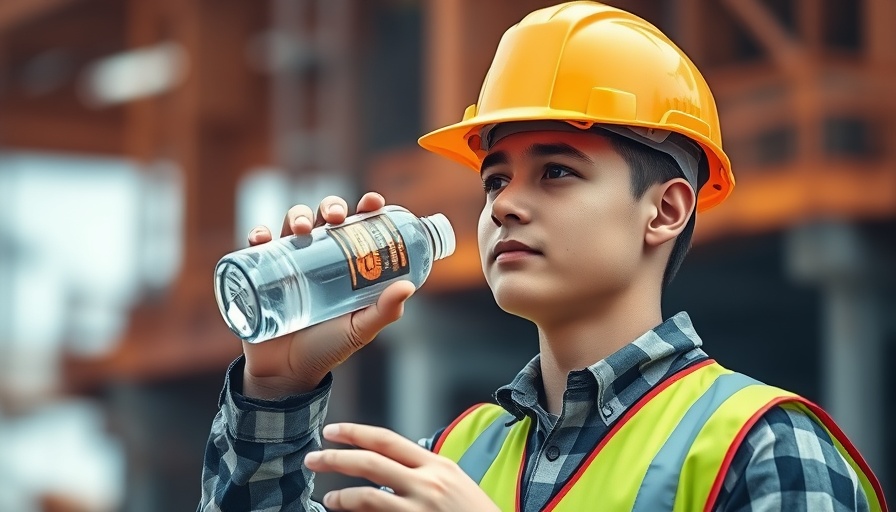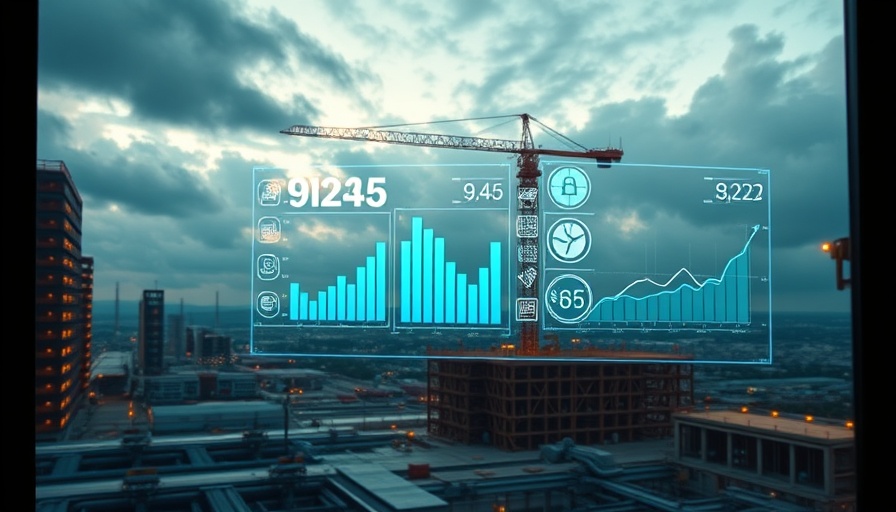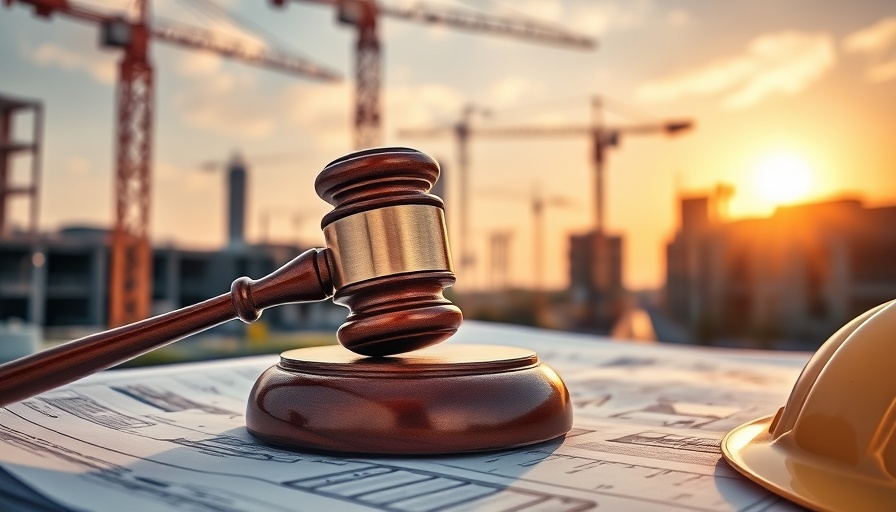
Understanding Heat Stress: A Growing Concern in Modern Construction
As summer 2025 unfolds, an alarming concern looms over construction sites across the nation: heat stress. With record-breaking temperatures reshaping the outdoor landscape, workers are subjected to unprecedented risks that can no longer be brushed aside. Heat stress isn't just a seasonal issue; it's a critical health threat that demands immediate attention from contractors, architects, and installers alike.
The Invisible Threat: Unseen Consequences of Heat Stress
Heat stress is often regarded as a silent assailant. Unlike visible hazards such as slips or equipment malfunctions, the signs of heat-related illnesses can easily be overlooked. Symptoms such as fatigue and nausea may seem trivial but can escalate rapidly into dire situations, particularly for those laboring under the sun—like tile and granite installers who endure grueling, exposure-intensive shifts. Last year, staggering counts revealed that over 231 million workers faced the peril of extreme heat, translating into catastrophic figures: 23 million work-related injuries and 19,000 fatalities annually.
The Challenge of Urban Heat Islands and Climate Change
With climate change driving more frequent heatwaves, urban centers shouldn't be taken lightly. The phenomenon known as urban heat islands enhances local temperatures, sometimes adding 5°C or more to the heat index. This exacerbated heat poses an even greater challenge for those in construction, where the potential for mistakes—whether misplacing a tile or overlooking crucial safety measures—skyrockets in extreme conditions. Protecting workers is crucial: every degree increase in humidex translates to a 0.5% increase in the likelihood of traumatic injuries.
How Contractors Can Safeguard Their Teams
Recognizing heat stress as a substantial jobsite hazard requires strategic action. Contractors must implement proactive measures: daily planning and health monitoring become paramount for safeguarding their teams. Regular breaks in shaded areas, incentivizing hydration, and scheduling heavy labor during cooler parts of the day can make a pivotal difference in preventing heat illness. Furthermore, fostering a culture of open communication about heat-related challenges empowers workers to report symptoms early and seek help.
As professionals in the architecture and design sectors, it's equally vital that we acknowledge the risks posed by our evolving climate. Every granite slab, every piece of tile laid down, contributes to a larger narrative—one that involves the safety and well-being of the workers who create our spaces. By prioritizing heat safety, we not only protect workers but also preserve the integrity of our projects.
 Add Row
Add Row  Add
Add 

 Add Row
Add Row  Add Element
Add Element 






Write A Comment